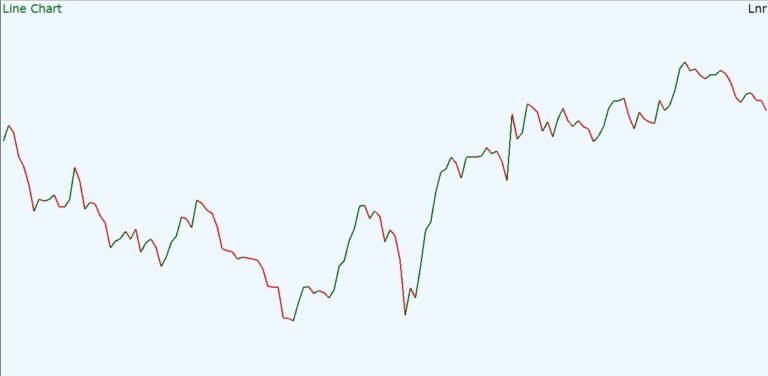
In the Indian stock market, a dividend refers to the portion of profit a company shares with its shareholders. It’s declared by the board and distributed based on the number of shares you hold. Since April 1, 2020, dividends are taxable in the hands of the investor, and companies also deduct TDS if your dividend income exceeds ₹5,000 in a year
- A dividend is a share of a company’s net profit, paid to shareholders either in cash or stock
- Declared by the board of directors and approved by shareholders, this may occur quarterly or annually
🧾 Common Types of Dividends in India
1. Cash Dividend
- Description: The most frequent type—paid in rupees per share (e.g., ₹10/share).
- Frequency: Quarterly, semi-annual, or annual.
- Taxation: Taxable per your income slab; subject to TDS above ₹5,000
2. Stock Dividend (Bonus Shares)
- Description: Instead of cash, you receive additional shares (e.g., a 10% stock dividend means 10 extra shares for every 100 held).
- Impact: Increases share count, dilutes per‑share value, but total investment value remains the same
- Taxation: No tax at receipt; when you sell, the bonus shares adjust the cost base for capital gains taxes.
3. Property Dividend
- Description: Rare form of distribution involving physical assets (machinery, real estate, etc.)
- Use Case: Issued when companies want to distribute assets instead of cash.
4. Scrip Dividend
- Description: The company issues promissory notes or IOUs to pay dividends later, ideal when cash is tight
- Status in India: Mostly discontinued under modern company laws .
5. Liquidating Dividend
- Description: Paid from the company’s capital during full or partial liquidation
- Taxation: Treated differently as dissolution of capital assets.
6. Special Dividend
- Description: A one-time dividend apart from the regular schedule; issued when surplus profits or asset sales occur
- Example: Companies might declare ₹50/share extra after a big windfall.
7. Preferred Dividend
- Description: Paid to preferred shareholders—often fixed and given before common shareholders
- Features: Can be cumulative (arrears accumulate) or non‑cumulative.
8. Interim & Final Dividends
These are based on the financial year cycle (April–March in India) :
- Interim Dividend: Declared during the year, based on provisional results.
- Final Dividend: Declared after year-end financials are audited—requires shareholder approval.
Important Dividend Dates
- Declaration Date: Board announces dividend.
- Record Date: Only shareholders listed on this date are eligible
- Ex‑Dividend Date: Shares bought from this date do not receive the payout
- Payment Date: Funds or shares are actually credited to accounts.
Impact of Dividend on Share Price
On the ex‑dividend date, share price typically drops by roughly the dividend amount — reflecting cash or value moving out of the company
Key Metrics for Investors
- Dividend Yield = (Dividend per share ÷ Share price) × 100%. Indicates income return .
- Payout Ratio = (Dividends paid ÷ Net profit). Helps assess if dividend is sustainable
📊 Summary Table (India)
| Type | Form | Cash Impact | Tax Treatment & Notes |
|---|---|---|---|
| Cash | Cash/Rs/share | ✔️ reduces cash | Taxable per slab, TDS > ₹5,000 |
| Stock (Bonus) | Shares | ❌ no cash | No immediate tax; cost adjusted at sale |
| Property | Physical asset | ❌ non-cash | Non‑cash; rare |
| Scrip | IOU/note | Deferred | Discontinued in India |
| Liquidating | Cash/assets | ✔️ reduces capital | Treats return of capital |
| Special | Cash/stock | Depends | One-time, taxable as dividend |
| Preferred | Fixed cash | ✔️ priority | May accumulate; paid first |
| Interim & Final | Cash/shares | ✔️/depends | Aligns with fiscal year; final needs AGM approval |
🧾 Tax & Compliance Overview
- Abolition of DDT (2020): Pre‑2020, companies paid Dividend Distribution Tax; now this is removed
- Investor Tax Liability: Dividends are now taxed in shareholders’ hands as per their income slab
- TDS: 10% (currently often 7.5% as COVID relief) deducted if total dividends exceed ₹5,000 in a year
⚖️ Why It Matters in India
- Cash flow: Investors rely on steady dividends, especially retirees.
- Company signals: Regular or increasing dividends show stability; special dividends may signal excess cash or strategic changes.
- Tax planning: Understanding the shift from DDT to TDS is key for calculating net income.
High‑Yield Dividend Stocks
Here are some top dividend payers in India:
- Indian Oil Corp – ~6.98% yield
- Bharat Petroleum – ~6.87% yield
- Jaysynth Orgochem – ~6.78% yield
- Taparia Tools – ~31% yield
- Coal India – ~6.5% yield
- Coal India, PFC, and Hindustan Zinc also rank among top reliable dividend providers
🧭 How to Track Dividends Strategically
Use a calendar tool – platforms like 5paisa, Moneycontrol, Equitymaster, TradeBrains list dividend dates, ex‑dates and amounts
Filter by yield – review high-yield stocks on screeners like Screener, ET Money, INDmoney
Set alerts – use your broker or finance apps to alert you days before ex-dividend dates.
Tax & compliance awareness – dividends exceeding ₹5,000 undergo TDS; declare all dividends per income slab.
✅ Summary
Dividends in India are a way for companies to distribute profits—either as cash or additional shares—to shareholders. Post-2020, they’re taxed as your regular income, with TDS and applicable slab rates. Key things to track: dividend yield, payout ratio, and important dates like ex-dividend and record date.



